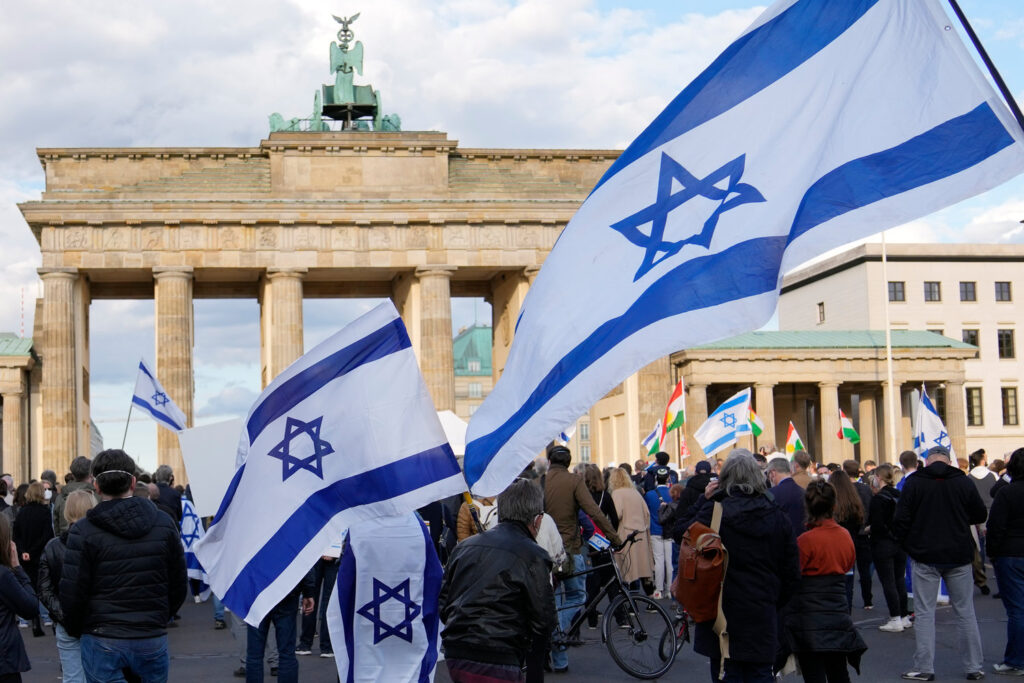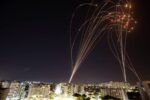On Thursday night, after 11 days of bombings and rocket launches from Gaza, Israel and Hamas agreed to a ceasefire negotiated by Egypt. On Friday, the cease-fire appeared to be holding, with Palestinians having joyful gatherings across the occupied territories and Israel lifting emergency restrictions in rocket-hit areas. Both sides have stated that the ceasefire will be maintained based on the current situation on the ground.
What triggered the cease-fire?
Unlike in 2014, when Israel and Hamas fought for the last time, Israeli troops were apprehensive of initiating a ground assault this time. Israel might cause more damage to Hamas with a ground attack, but the risk of losing Israeli soldiers would be significant. Israel’s military assault, which began on May 10, was focused this time on causing maximum damage to Hamas’ militant infrastructure through airstrikes. According to the UN, Israel launched almost 1,800 airstrikes on Gaza in the first ten days of the conflict.
However, offensives that rely primarily on air power face the challenge of needing a faster exit strategy. Airstrikes will result in a disproportionate number of civilian deaths. Furthermore, disproportionate airstrikes, which was Israel’s strategy, will cause even more damage, drawing international condemnation. While Israel attempts to sell the storey that it is a victim of terrorism (which has sold), the truth remains that Israel is the only sovereign force in this war, continuing to occupy Palestinian lands in contravention of UN Security Council resolutions, international laws, and conventions.
As a result, even those countries that first supported Israel’s “right to defend itself” began pressing for a ceasefire as civilian losses increased in Gaza. The majority of countries in the UN Security Council advocated a quick ceasefire. The Biden administration, which has been under fire from the Democratic Party’s left wing, released a strong statement on Wednesday requesting “a dramatic de-escalation.” Israel was also under internal strain, with riots between Jewish vigilantes and Arab mobs gripping the country’s streets. Protests erupted over the West Bank, and rockets fired from Lebanon’s border. On Thursday night, the Israeli Security Cabinet unanimously approved a “unilateral and mutual” ceasefire with Hamas, despite mounting pressure from all parties. The militants quickly verified the cease-fire.

Is Israel on track to meet its objectives?
During the attack, Israeli Prime Minister Benjamin Netanyahu claimed there were two options for dealing with Hamas: conquering them or establishing deterrence. The Prime Minister stated that his goal was to use “forceful deterrence,” but that conquering was also an option. Israeli military leaders claim to have killed 225 Hamas and Islamic Jihad members, but the Gaza Health Ministry claims that 232 Gazans, including 66 children, were killed in Israeli strikes.
Israel also claims to have destroyed Hamas’ complex tunnel network, as well as its military and intelligence apparatus. Mr. Netanyahu stated, “We have set Hamas back by years.”
True, Hamas has suffered significantly more damage than Israel, which has lost 12 people, including one child and three foreign nationals, as a result of its rocket attacks. However, whether the Israeli effort has produced deterrence will only become obvious in the coming weeks, months, or years. Despite suffering huge losses, Hamas continued to fire rockets into Israel until the very last moment, according to the facts on the ground.On the 11th day, Hamas fired some 300 rockets into Israel.

What was Hamas’ plan of attack?
Palestinians rushed to the streets to “celebrate the resistance” as soon as the truce was proclaimed. It was dubbed “the ecstasy of victory” by senior Hamas officials. Hamas was perceived as making a political message by initiating the missile assault on May 10, just hours after Israeli forces raided the Al-Aqsa Mosque in East Jerusalem. In effect, Hamas was attempting to capitalise on growing Palestinian hatred of Israel’s arrogance. When the Gaza invasion began, Israel faced unprecedented protests and riots in both the occupied West Bank and Israeli cities, indicating that the political messaging had gone down well with Palestinians.’
Despite suffering huge losses on the battlefield, Hamas showcased its increased rocket-firing capability. In 11 days, Hamas fired at least 4,000 missiles, surpassing the 3,383 rockets it fired in the 50 days of warfare in 2014. It also managed to overload Israel’s Iron Dome defence system by launching barrages of rockets in a matter of minutes. Hamas, for example, launched around 1,000 missiles in a single day last week. Its daily total never exceeded 200 in 2014. In addition, Hamas rockets killed more civilians in Israel in 11 days this year than in the first seven weeks of 2014, which is a major source of anxiety for Israel.
So, what’s next?
Ceasefires may be delicate affairs. After the truce was announced in 2014, Israel attempted but failed to murder Hamas’ clandestine military chief Mohammed Deif. There were further rocket attacks after it. The cease-fire is also shaky this time. Hamas claims it agreed to a cease-fire after Israel vowed to “take their hands off Sheikh Jarrah (where Palestinians risk eviction) and Al-Aqsa Mosque.” The Israeli side has denied making such a guarantee, insisting that the truce is unconditional.
Israel has already lifted several restrictions on Al-Aqsa, which it claims were placed as a precautionary measure, and Hamas could claim credit for it. Sheikh Jarrah, on the other hand, is a more complicated case. The Israeli Supreme Court is expected to make a final decision on the displacement of Palestinians from the area. There may be more protests and bloodshed if Israel continues with the eviction procedure. As long as Hamas has rockets, Israeli authorities argue, there will be no lasting peace. As long as the occupation continues, Hamas claims, rockets will be fired.


